Schwiebert House #30
The Schwiebert house is located on the south side of Richmond Road between Court Place and St. Patrick's Place, which is its original site. It is a large two-story brick house with attic and partially-exposed stone basement. It has a one-story, four-columned front porch supported by stone piers, and a straight gable roof with the gable facing the street.
The Schwiebert House is a local expression of the Colonial Revival style, executed in brick, with classical porch columns topped with Ionic capitals.
The Schwiebert House was built 1909-1910 as the home of John Frederick Schwiebert, his wife Anna Schwiebert, and their children. John F. Schwiebert (1861- 1944) came to America from Germany in 1881, and worked as a foreman in the Marsh and Nolan Carriage Factory in Richmond. After Marsh died in 1896, Schwiebert took control of the business, and in 1901 he purchased the factory and surrounding property. He lived in the third floor of the Carriage Factory prior to the construction of the house. John was trained as a wheelwright, and was listed at various times as a carriage builder, grocer, and auto body repairman. In 1912 he was recorded as occupant of the Carriage Factory, Schwiebert House, and the nearby Taylor House (no longer extant), which he may have operated as a grocery store.
Schwiebert had two sons, John Frederick and John Henry (known as Fred and J. Henry), who did sign painting, blacksmithing, and wheelwrighting for the family business. The family sometimes housed additional factory workers in their home. The younger John Frederick married Emilie C. Hartmann in 1913 and the couple had two daughters, Anita (b. 1916) and Eleanor Ida (1924-1943).
In 1982, Schwiebert's granddaughter, Edna Schwiebert Fritts (daughter of J. Henry), wrote to SIHS to offer some of her fond memories of family life in the Schwiebert House. She recalled that nearly every Sunday, the family gathered for dinner in the formal dining room, with the Lutheran pastor at the head of the table. The table was set with the family's best china, silver, and cut glass. In later years, when the family ceased to gather for the big dinners, they hosted friends who came every weekend to play pinochle. The guests arrived on Friday night, and they played almost straight through until departure time on Sunday evening.
In 1943 John F. sold the house to George H. and Emma H. Schwiebert and in 1944 they sold it to John and Barbara Ormai (or Orami). In 1948 it was converted to a two-family dwelling by the Mungioli (or Mungiolis) family. Subsequent residents included the Hickings family and Albert Grieco. It is currently the only example at Historic Richmond Town of a two-family house. The building is currently used for administrative purposes and is not open to the public.

